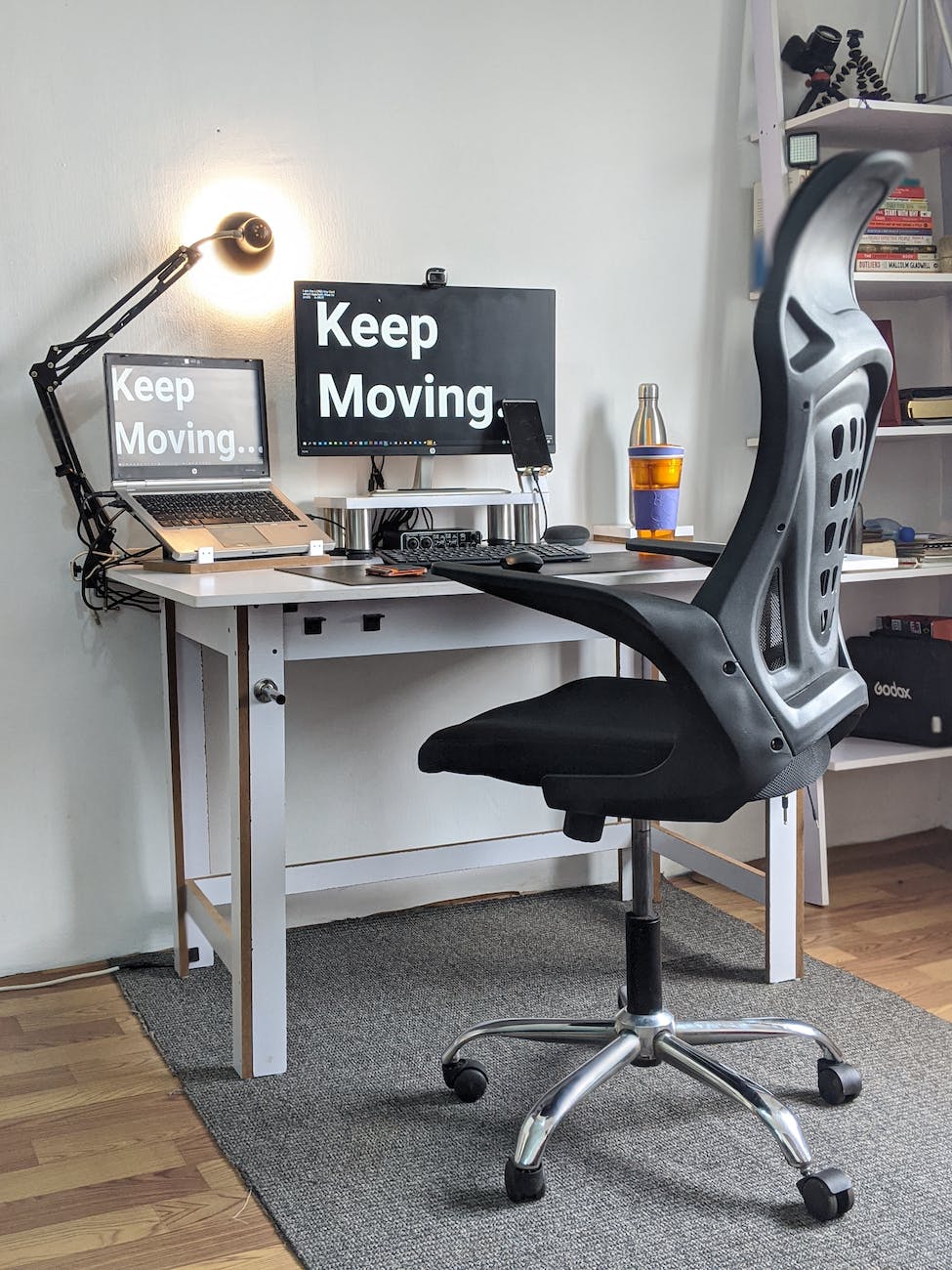
Ergonomics: Workspace Design and Training
Introduction
Ergonomics, the science of designing workspaces to fit the capabilities and limitations of the human body, is a pivotal factor in promoting health, comfort, and productivity in the workplace. This article explores the significance of effective workspace design and employee training in ergonomics to create a conducive and comfortable work environment.
Workspace Design for Ergonomics
- Adjustable Furniture and Equipment
- Introduction of desks and chairs with adjustable height features
- Customization of workstations to accommodate individual preferences and promote proper posture
- Proper Placement of Tools and Equipment
- Ensuring tools and equipment are within easy reach
- Minimizing excessive reaching or stretching to reduce the risk of musculoskeletal strain
- Task Lighting
- Implementation of adjustable task lighting to reduce glare and eye strain
- Promoting optimal lighting conditions for different tasks and individual needs
- Use of Ergonomic Accessories
- Providing ergonomic accessories like keyboard trays and monitor stands
- Enhancing comfort and reducing the risk of repetitive strain injuries
- Encouraging Movement and Flexibility
- Incorporation of sit-stand desks to encourage movement
- Designing open spaces that allow for stretching and short breaks to combat prolonged sitting
- Employee Input in Design Process
- Seeking input from employees during the workspace design phase
- Addressing individual needs and preferences to create a more inclusive and ergonomic environment
- Integration of Technology
- Adoption of technology that supports ergonomic practices
- Utilization of voice-activated systems, ergonomic mice, and other tools that reduce physical strain
- Noise Reduction Measures
- Implementation of noise reduction measures, such as acoustic panels
- Creating a more comfortable and focused work environment by minimizing distractions
Employee Training in Ergonomics
- Understanding Ergonomic Principles
- Providing comprehensive training on the fundamentals of ergonomics
- Educating employees on the importance of proper posture, body mechanics, and the impact on overall well-being
- Correct Desk and Chair Adjustment
- Training employees on how to correctly adjust desks and chairs
- Ensuring that individuals can personalize their workstations for optimal comfort
- Promoting Regular Breaks and Stretching
- Encouraging the adoption of regular breaks and stretching exercises
- Reducing the risk of musculoskeletal issues associated with prolonged periods of sitting
- Guidance on Proper Lifting Techniques
- Instruction on proper lifting techniques to prevent back injuries
- Empowering employees with the knowledge to lift and move objects safely
- Eye Care Practices
- Providing guidance on proper monitor placement to reduce eye strain
- Encouraging the 20-20-20 rule: taking a 20-second break to look at something 20 feet away every 20 minutes of screen time
- Utilization of Ergonomic Tools
- Training employees on the effective use of ergonomic tools and accessories
- Maximizing the benefits of equipment designed to enhance comfort and reduce physical stress
- Reporting Ergonomic Issues
- Establishing a clear process for employees to report ergonomic issues
- Encouraging open communication to address concerns promptly
- Regular Refresher Courses
- Conducting regular refresher courses on ergonomic practices
- Ensuring that employees stay informed about the latest ergonomic guidelines and best practices
Conclusion
In conclusion, prioritizing ergonomics in workspace design and providing thorough employee training is essential for fostering a healthy and productive work environment. By incorporating adjustable furniture, ergonomic accessories, and employee input in design, coupled with comprehensive training programs, organizations can create workspaces that support the well-being and efficiency of their workforce.
Mental Health in the Workplace: Addressing Psychological Safety as a Safety Officer
Safety Inspections: A Step-by-Step Guide for Safety Officers
Implementing and Evaluating Safety Training Programs for Employees
Occupational Health and Safety Trends: Staying Ahead as a Safety Officer
Emergency Response Planning: Best Practices for Safety Officers
Frequently Asked Questions (FAQs)
- What is the significance of adjustable furniture in ergonomics?
- Adjustable furniture allows employees to customize their workstations, promoting proper posture and reducing the risk of musculoskeletal strain. Features like adjustable desks and chairs accommodate individual preferences and needs.
- Why is employee input important in the workspace design process for ergonomics?
- Employee input ensures that the workspace design considers individual needs and preferences, creating a more inclusive and ergonomic environment. Involving employees in the process enhances the overall effectiveness of the ergonomic design.
- How can technology support ergonomic practices in the workplace?
- Technology can support ergonomic practices by introducing tools such as voice-activated systems, ergonomic mice, and other devices that reduce physical strain. Integrating technology with ergonomic principles enhances overall workplace comfort.
- Why is regular employee training in ergonomics important?
- Regular employee training in ergonomics is crucial for promoting proper posture, body mechanics, and overall well-being. It empowers employees to adjust their workstations correctly, adopt healthy practices, and reduce the risk of musculoskeletal issues.
- What are some common ergonomic training topics for employees?
- Common ergonomic training topics include understanding ergonomic principles, correct desk and chair adjustment, promoting regular breaks and stretching, guidance on proper lifting techniques, eye care practices, utilization of ergonomic tools, reporting ergonomic issues, and regular refresher courses to stay informed about the latest guidelines and best practices.
























